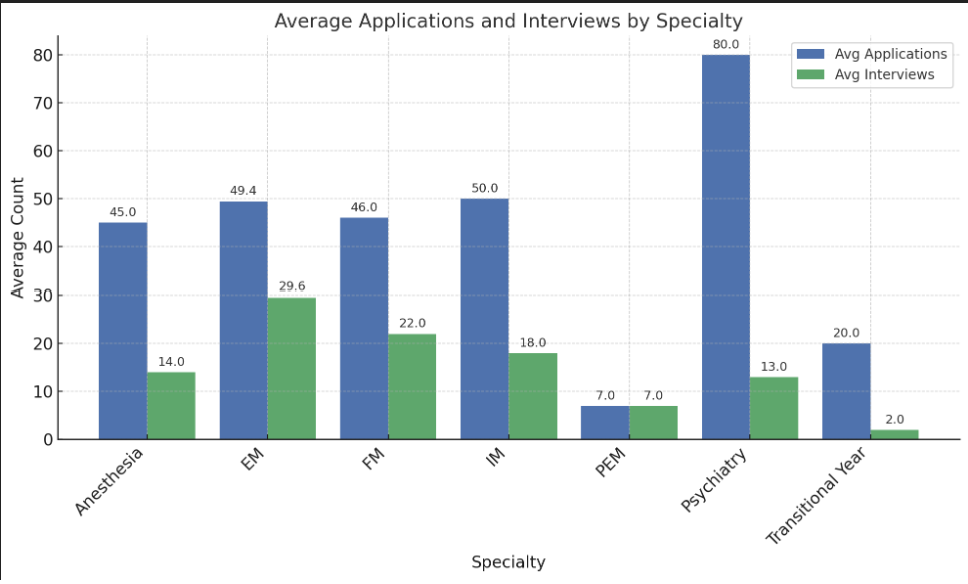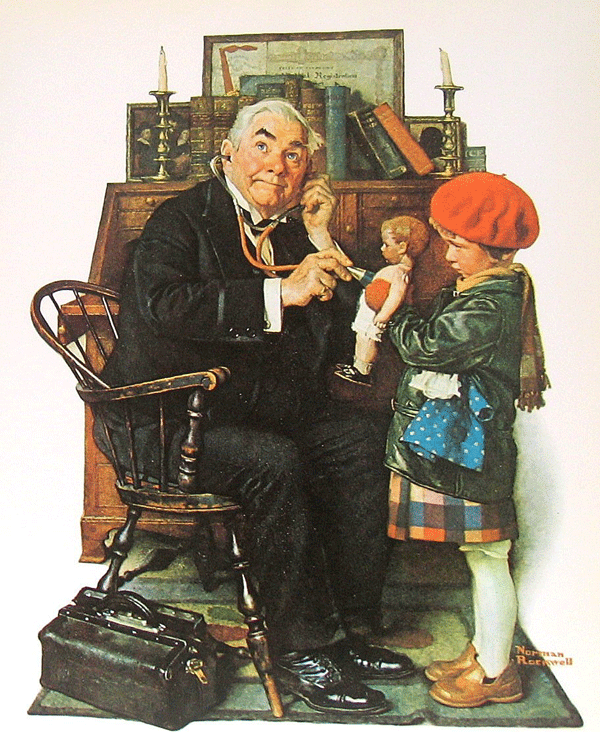The Art of Couples Matching: Advice from EM Residents Who’ve Been There (Compiled from EM resident reflections on the couples match process)
Linley Dunn, OMS-IV
LMU-DCOM
EMRA MSC Mentorship Coordinator
Edited by:
Olivia Voltaggio, OMS-IV
RVUCOM-SU
EMRA MSC Editor
Navigating the residency match is already a high-stakes, high-stress endeavor, but for couples who are hoping to stay geographically close, the stakes are even higher. The NRMP Couples Match allows two applicants to link their rank lists for those wishing to match together. The question that has often been asked is how does this process really work in practice?
Emergency medicine (EM) residents who successfully (and in a few cases, unsuccessfully) couples-matched with their partners in various specialties were polled on their experiences. Their candid reflections offer key insights, practical strategies, and heartfelt advice for students preparing to navigate this path.
What Specialty Combinations Did Couples Seek to Match Into?
Partners of EM residents applied to match into a wide range of specialties, including Emergency Medicine, Pediatric Emergency Medicine, Family Medicine, Internal Medicine, General Surgery, Anesthesia, Psychiatry, and Pediatrics. This diversity highlights that couples matching is possible across nearly all specialties, however, success often requires flexibility, strategic planning, and a willingness to compromise.
Should You Indicate You're Couples Matching Early?
Most residents recommended disclosing this as early as ERAS (now ResidencyCas). The majority felt that transparency helped both with program communication and with getting additional interview offers for their partner. A recent applicant says, “We disclosed in ERAS, in emails, in interviews—basically everywhere.” Most programs were noted to be extremely receptive. A few did suggest it may not matter as much when you disclose, so long as it comes up before the rank list deadline.
How Many Applications and Interviews?
Couples often applied to more programs than usual, with one respondent describing a combined rank list of over 100 pairings.

Interview Strategy & Program Communication
Many residents emphasized the importance of advocating for each other. A common tactic was:
- When one partner receives an interview or sub-i invitation, it was sometimes helpful for them to mention their partner’s interest in the concurrent program. Alternatively, the partner can reach out directly to express interest and inquire about opportunities to interview or rotate at the same institution.
- Emailing the coordinator or PD to express interest and mention that their partner is applying to the corresponding program.
- Partner follows up with a Letter of Interest.
Several residents reported gaining multiple additional interviews through these methods.
Creating a Rank List as a Couple
Residents consistently described this as the most emotionally challenging and strategically complex part of the match. Another recent applicant states, “After list item #40 it was hard to continue caring… [our goal] was to maximize staying together and so that became more of a priority...” Key tips included:
- Start early and iterate often.
- Create tiers: ideal combinations, acceptable combinations, and fallback options.
- Decide on non-negotiables: like commuting distance, being in the same city, or specialty-specific needs.
- Be honest and compromise: You may have to give up your individual #1 for a better joint outcome.
Resources That Helped
- Spreadsheets: Most used to track interviews, commute times, pros and cons and other notes.
- Voice memos: One couple recorded post-interview impressions to help sort rankings.
- Discord forums: Especially helpful in EM and Anesthesia.
- Mentorship: Many relied on faculty or alumni who had couples-matched before.
Lessons Learned and Advice for Future Applicants
- Rank based on your preferences and not where you think you will match. Many Couples recommended creating rank lists separately as to not bias one another and then compare together.
- Know your shared priorities: Whether it’s being in the same city, staying within a certain distance of each other or going to top programs, you need to align goals.
- Communicate constantly and clearly with each other.
- Don't be afraid to advocate for each other. Programs are often supportive.
- Prepare for emotional ups and downs. Especially if one partner is in a more competitive specialty.
- Apply to cities with multiple programs to increase pairing options.
- Use signals and “no match” codes strategically.
How Did the Couples Match Turn Out?
Outcomes varied but were largely positive:
- Multiple couples matched at their #1 choice
- Some matched slightly lower, but still together in preferred locations
- One couple had to SOAP but still successfully matched into preliminary and categorical spots
- One partner got their #1 while the other got their #2 and considered it a win
A person mentioned, “We didn’t get our top program, but we’re at the same hospital in our desired specialties. That’s still a huge success.”
Conclusion: Is Couples Matching Worth It?
Short answer – Yes. if you know your priorities, communicate with each other as well as programs honestly, and are ready to compromise. Couples matching may not be for everyone and it’s not without risk, but for those committed to staying together, it’s a rewarding way to start your professional and personal lives in parallel. A great statement shared was that “medicine is already hard, doing it next to the person you love makes it just a little easier.”
Seeking additional resources?
Some of the couples surveyed are open to being contacted for follow-up questions or mentorship. Reach out if you’d like to be connected! Additional information regarding couples matching can be found through EMRA and CORD Student Advising Guide and the NMRP.







